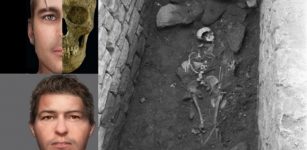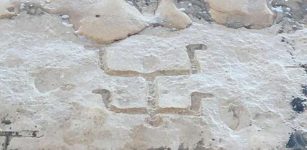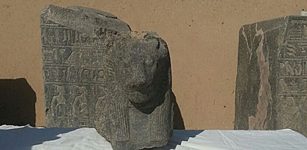Ancient Dentistry – 13,000-Year-Old Tooth Filling Discovered In Italy
MessageToEagle.com – Our ancestors understood the importance of healthy teeth, but the methods and instruments used in ancient times vert far from far from pleasant. Historical evidence proves that dentistry started around the areas of China, Egypt, India, Etruscans of Central Italy, Assyrians, and Japan.
A 13,000-year-old tooth filling discovered in Italy offers evidence Ice Age people drilled out cavities and filled holes with bitumen to reduce pain.
The teeth, two upper central incisors belonging to one person, were discovered at the Riparo Fredian site near Lucca in northern Italy.
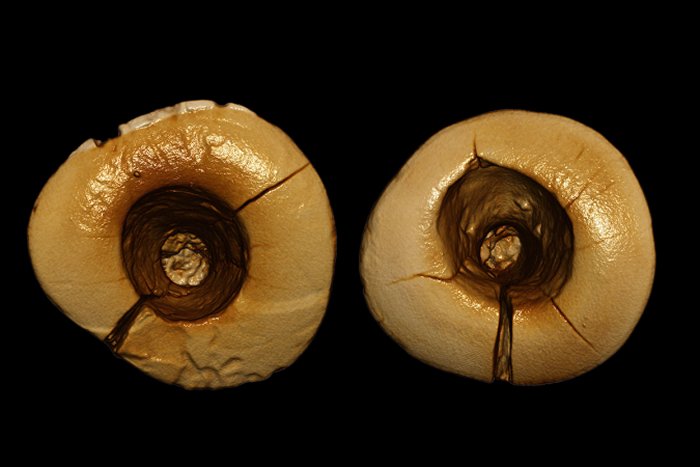
While examining the teeth, using a variety of microscopic techniques scientists discovered that each tooth has a large hole in the incisor’s surface that extends down into the pulp chamber deep in the tooth. “It is quite unusual, not something you see in normal teeth,” says Stephano Benazzi, an archaeologist at the University of Bologna.
See also:
Denisovans: Ancient Teeth Reveal More Ancient Secrets Of Human Relatives
Ancient Egyptians Invented Toothpaste
Unique Dental Prosthesis Made Of Human Teeth Found In Medieval Tomb
With help of stone tools, Ice Age people in Italy made a series of tiny horizontal marks on the walls of the teeth. Most likely, these were cavities that had been drilled out and enlarged.
Benazzi and his team have discovered similar teeth at another site in Italy. The teeth dated to 14,000 year ago were the first known example of dentistry in humans. The new find is more intriguing because the teeth show holes that contain traces of bitumen, with plant fibres and hairs embedded in it, which Benazzi thinks are evidence of prehistoric fillings.
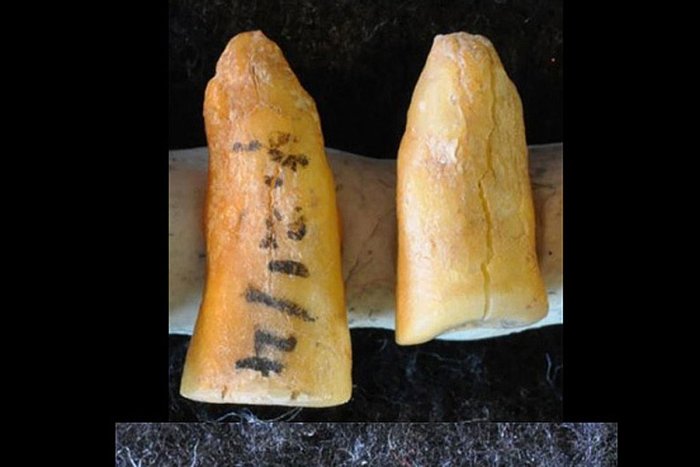
Why Paleolithic dentists used plants and hairs to fill the holes has not been determined, but one possibility is that this was dental innovation to reduce pain and to keep food out of the pulp chamber, just like in modern dentistry, says Benazzi.
According to Claudio Tuniz, an archaeologist at the University of Wollongong in Australia, the bitumen along with some medicinal plants, might have been used as an antiseptic.
Tuniz also points out that humans had developed therapeutic dental practices thousands of years before we developed the systematic production of foods such as cereals and honey, which are thought to have been responsible for a dramatic increase in dental problems like cavities.
MessageToEagle.com
Expand for references
